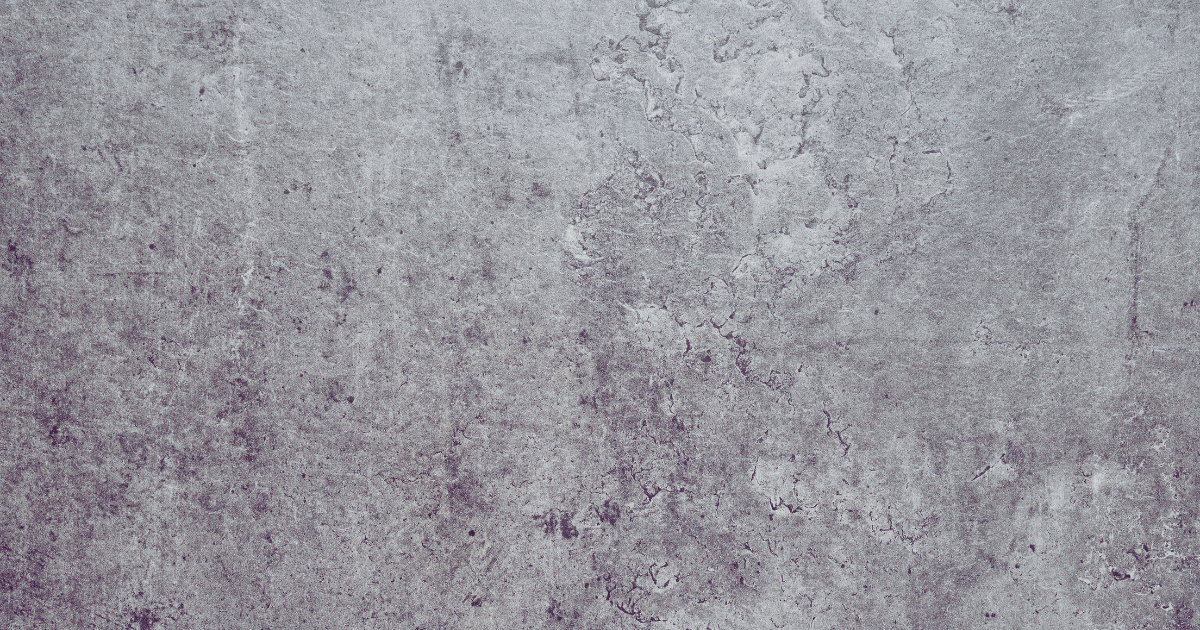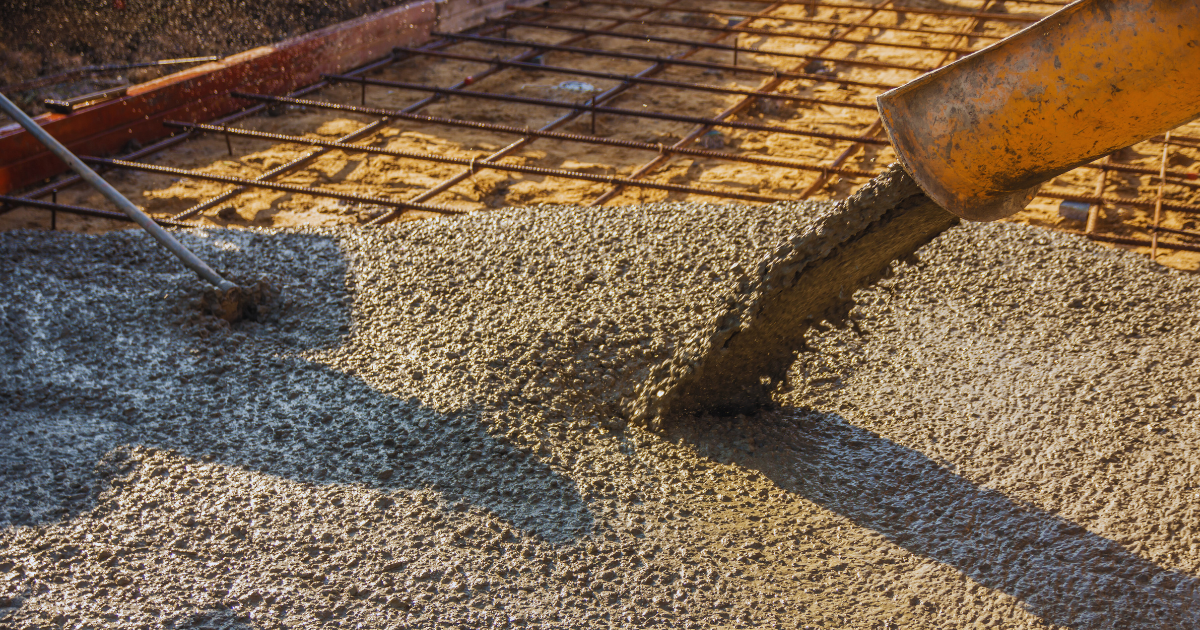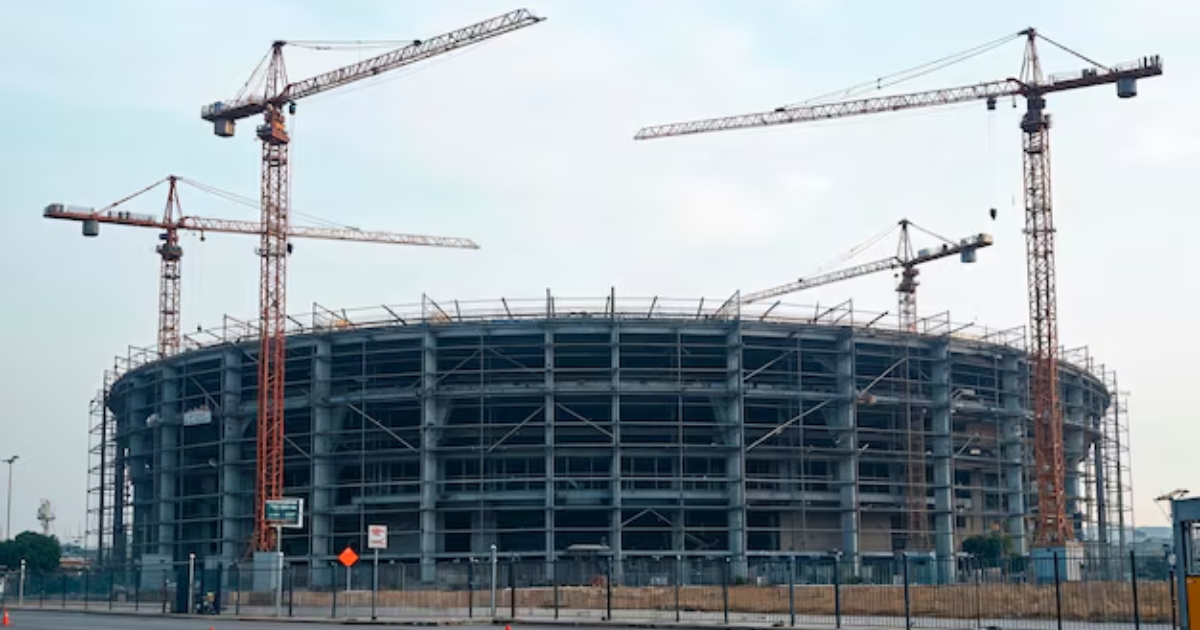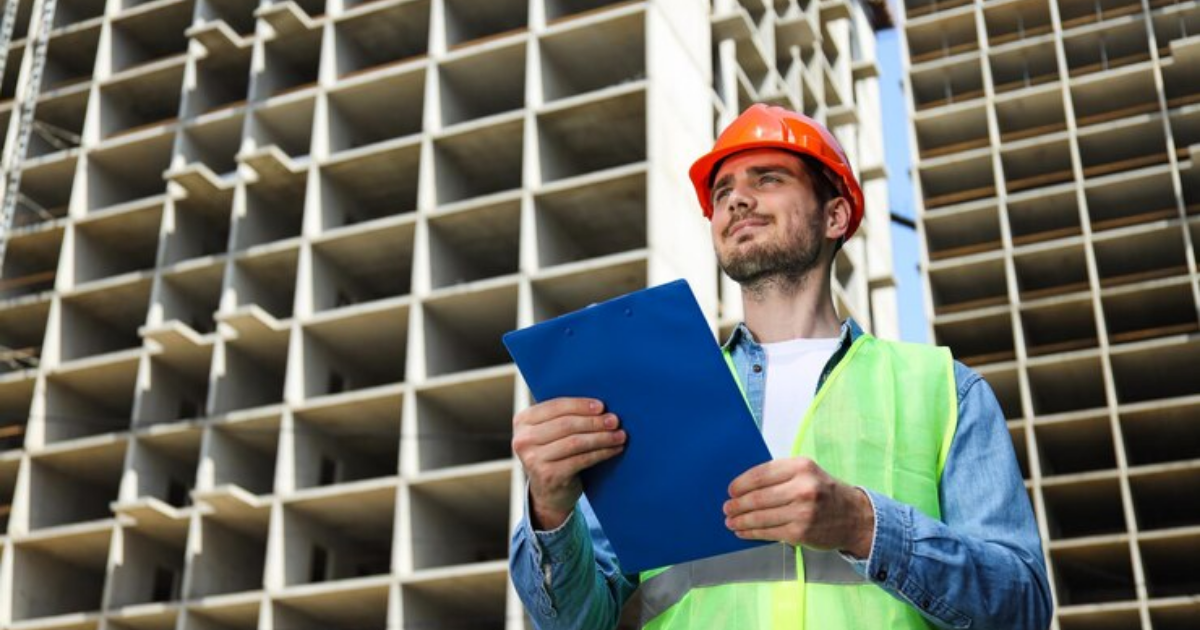Concrete texture refers to the surface finish or pattern that can be applied to concrete surfaces. This texture can vary from smooth and polished to rough and rugged, offering a wide range of visual and tactile experiences. The beauty lies in its ability to mimic other materials, such as stone, wood, or even fabric, while retaining the durability and strength of concrete.
Types of Concrete Textures
- Smooth Concrete Texture– Smooth concrete texture is achieved by polishing the surface of the concrete. This finish is ideal for modern and minimalist designs, where a sleek and clean look is desired. Smooth concrete is often used for countertops, flooring, and walls, providing a sophisticated and contemporary aesthetic.
- Stamped Concrete Texture– Stamped concrete texture involves pressing patterns into freshly poured concrete. This technique can replicate the look of bricks, stones, tiles, and even wood. Stamped concrete is a popular choice for outdoor spaces like patios, driveways, and walkways, offering both beauty and durability.
- Exposed Aggregate Concrete Texture– Exposed aggregate texture is created by removing the top layer of concrete to reveal the embedded stones or aggregates. This type of texture provides a natural and rustic look, perfect for outdoor areas and garden paths. It is also slip-resistant, making it a practical choice for pool decks and other wet areas.
- Brushed Concrete Texture– Brushed concrete texture is achieved by brushing the surface of the concrete before it fully sets. This process creates a subtle, linear pattern that adds a sense of direction and movement to the surface. Brushed concrete is often used for driveways, sidewalks, and garage floors.
- Troweled Concrete Texture– Troweled concrete texture is created using a trowel to smooth the surface of the concrete. This technique can produce both fine and coarse finishes, depending on the pressure applied and the type of trowel used. Troweled concrete is commonly seen in interior spaces like kitchens, bathrooms, and living areas.
Applications of Concrete Textures
The versatility allows it to be used in a variety of applications, both indoors and outdoors. Here are some popular uses of concrete textures in design:
Indoor Applications
- Flooring– It is an excellent choice for flooring in both residential and commercial spaces. Smooth, polished concrete floors offer a sleek and modern look, while stamped or exposed aggregate textures add character and uniqueness. Concrete floors are also durable, low-maintenance, and can be customized with various stains and finishes.
- Countertops– Concrete countertops have gained popularity due to their durability and customizable nature. Smooth concrete textures provide a contemporary and seamless surface, while more textured finishes can add a rustic or industrial touch to kitchens and bathrooms.
- Walls– It can be used to create stunning feature walls in living rooms, bedrooms, and entryways. Whether you prefer a smooth, polished surface or a rough, textured finish, concrete walls can add depth and interest to any space. Stamped concrete walls can mimic the look of natural stone, adding a touch of luxury.
Outdoor Applications
- Patios and Walkways– Stamped concrete texture is a popular choice for patios and walkways due to its ability to replicate the look of more expensive materials like stone and brick. Exposed aggregate and brushed textures are also excellent options for creating slip-resistant surfaces that blend seamlessly with the natural surroundings.
- Driveways– It is ideal for driveways, offering both aesthetic appeal and durability. Stamped and brushed textures can enhance the curb appeal of your home, while smooth and troweled finishes provide a clean and modern look. Additionally, concrete driveways are resistant to weathering and can withstand heavy loads.
- Pool Decks– Exposed aggregate and brushed concrete textures are popular choices for pool decks due to their slip-resistant properties. These textures provide a safe and attractive surface for pool areas, ensuring both style and functionality.
Benefits of Using Concrete Textures
- Durability and Longevity– Concrete is known for its strength and durability, making it an ideal material for both indoor and outdoor applications. Concrete textures enhance these qualities, providing surfaces that can withstand heavy foot traffic, weather conditions, and everyday wear and tear.
- Versatility– The versatility of concrete texture allows for endless design possibilities. Whether you want a sleek, modern look or a rustic, natural finish, concrete can be customized to suit your aesthetic preferences. The ability to mimic other materials also makes concrete a cost-effective alternative to more expensive options.
- Low Maintenance– Concrete surfaces are relatively low-maintenance compared to other materials. Regular cleaning and occasional sealing are usually sufficient to keep concrete looking its best. Textured concrete surfaces are also less likely to show dirt and stains, making them a practical choice for high-traffic areas.
- Eco-Friendly– Concrete is an eco-friendly material, as it is made from abundant natural resources and can be recycled. Additionally, the longevity and durability of concrete reduce the need for frequent replacements, further minimizing its environmental impact.
- Cost-Effective– Compared to natural stone, brick, and other high-end materials, concrete is a more cost-effective option. Concrete textures can replicate the look of these materials at a fraction of the cost, providing an affordable way to achieve a luxurious appearance.
Tips for Choosing the Right Concrete Texture
- Consider the Space– When choosing a concrete texture, consider the space where it will be used. Smooth textures are ideal for modern interiors, while stamped and exposed aggregate textures work well in outdoor settings. Think about the overall design theme and how the texture will complement other elements in the space.
- Functionality– Functionality is an important factor when selecting a concrete texture. For example, slip-resistant textures like brushed and exposed aggregate are suitable for pool decks and walkways, while smooth and polished finishes are better suited for indoor flooring and countertops.
- Maintenance Requirements– Different concrete textures have varying maintenance requirements. Smooth and polished surfaces are easier to clean, while more textured finishes may require additional care to keep them looking their best. Consider your lifestyle and the level of maintenance you are willing to commit to.
- Customization Options– Concrete texture offers a wide range of customization options, from color and pattern to finish and sealant. Work with a professional contractor to explore the different possibilities and create a unique design that reflects your personal style.
Conclusion
Concrete texture is a powerful tool in the hands of designers and homeowners, transforming ordinary spaces into extraordinary ones. Whether you are looking to enhance your interior with smooth and polished surfaces or add character to your outdoor areas with stamped or exposed aggregate textures, concrete offers endless possibilities. By understanding the different types of concrete textures and their applications, you can make informed decisions that will elevate your design projects and create stunning, long-lasting results.
At Hindustan RMC, we specialize in providing high-quality concrete textures that cater to all your design needs. With our extensive experience and commitment to excellence, we are dedicated to helping you achieve your vision with durable and beautiful concrete solutions.
Contact us today to learn more about our services and how we can assist you in your next project.







